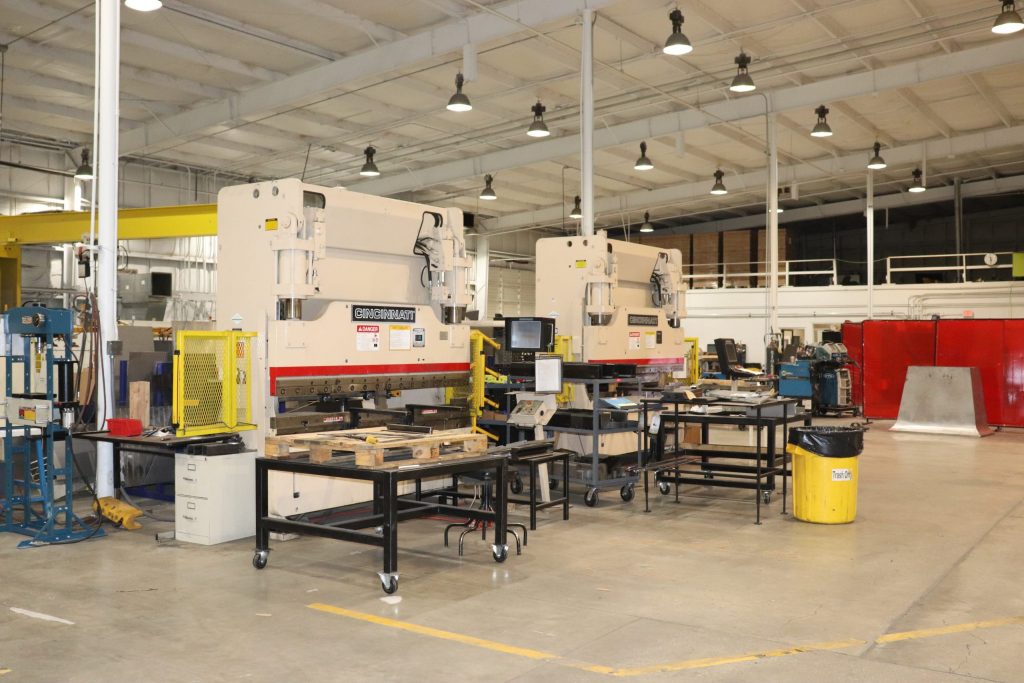
Computer Numerical Control (CNC) milling machines have revolutionized the manufacturing industry by enabling precise and efficient machining processes. For beginners looking to master the art of CNC milling machines, there are several tips and tricks to keep in mind. Whether you are a hobbyist or a professional, understanding the basics and implementing best practices can help you make the most out of your CNC milling machine. In this article, we will explore some helpful tips and tricks to help beginners get started with CNC milling machines.
Getting Started with CNC Milling Machines
Understand the Basics
- Familiarize yourself with the components of a CNC milling machine, including the spindle, tool holder, worktable, and control panel.
- Learn about the different types of cutting tools used in CNC milling, such as end mills, ball nose cutters, and face mills.
- Get to know the software used to program CNC milling machines, such as CAD/CAM software and G-code programming.
Safety First
- Always wear appropriate personal protective equipment, including safety glasses and ear protection, when operating a CNC milling machine.
- Ensure that the workpiece is securely clamped to the worktable to prevent it from moving during machining.
- Be aware of the cutting tools and their speeds and feeds to avoid accidents and tool breakage.
Programming and Setup
Master G-Code Programming
- Take the time to learn and understand G-code programming language, which is used to control CNC milling machines.
- Practice writing simple programs to familiarize yourself with G-code commands and syntax.
- Use simulation software to visualize the toolpath and verify the program before running it on the CNC milling machine.
Optimize Toolpaths
- Consider the toolpath efficiency when programming CNC milling operations to minimize cycle times and tool wear.
- Avoid sharp corners and tight radii in the toolpath to prevent tool breakage and achieve smoother surface finishes.
- Use adaptive clearing strategies to remove material efficiently and prolong tool life.
Material Selection and Machining
Choose the Right Material
- Consider the properties of the material being machined, such as hardness, toughness, and thermal conductivity, when selecting the cutting tools and machining parameters.
- Use the appropriate cutting speeds and feeds for the material to achieve optimal cutting performance and tool life.
- Ensure that the workpiece is securely mounted and aligned on the worktable to prevent vibrations and deflections during machining.
Optimize Cutting Parameters
- Adjust the cutting speeds and feeds based on the material, tool geometry, and cutting conditions to achieve the desired surface finish and dimensional accuracy.
- Use coolant or lubricant to dissipate heat and improve chip evacuation during machining, especially when working with heat-sensitive materials.
- Monitor the machining process and make adjustments as needed to maintain consistent cutting performance and quality.
Quality Assurance and Maintenance
Inspect and Measure Parts
- Use precision measuring tools, such as calipers and micrometers, to inspect the machined parts and verify their dimensional accuracy and surface finish.
- Perform periodic quality checks and part inspections to ensure that the CNC milling machine is producing parts within tolerance.
- Document the inspection results and make adjustments to the machining process as needed to meet the quality requirements.
Maintain Your CNC Milling Machine
- Follow the manufacturer's maintenance schedule and guidelines to keep your CNC milling machine in good working condition.
- Clean the machine regularly and remove any chips, debris, or coolant buildup to prevent interference with the machining process.
- Inspect the cutting tools, tool holders, and machine components for wear and damage, and replace them as needed to maintain cutting performance and accuracy.
By incorporating these tips and tricks into your CNC milling practices, beginners can quickly master the art of CNC milling machines and achieve optimal results in their machining projects. Remember to start with the basics, prioritize safety, and continuously improve your programming and machining skills to unlock the full potential of CNC milling technology.
